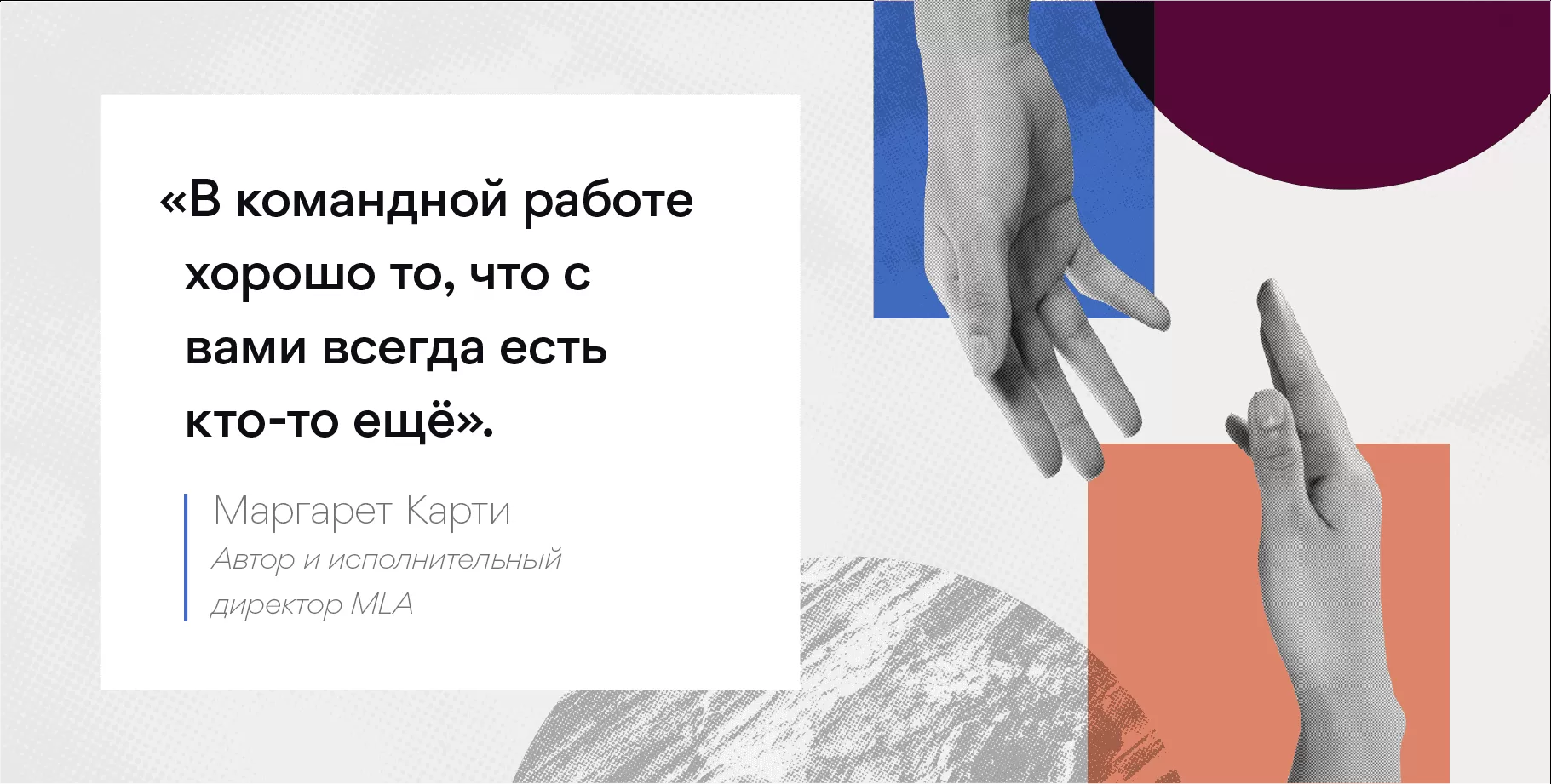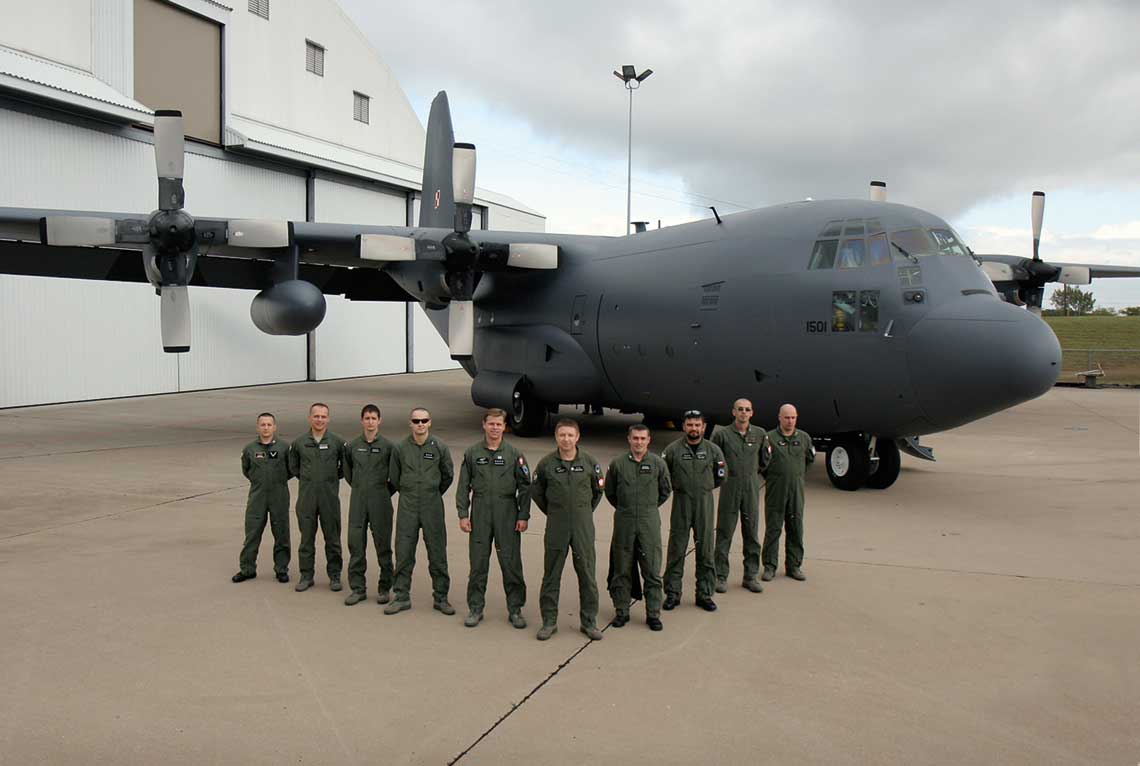
I always told my people, "Let's do our thing."

The first group of pilots was trained in the USA on the C-130E "Hercules".
January 31, 2018 lieutenant colonel. Master Mechislav Gaudin. The day before, he flew the Air Force C-130E Hercules for the last time, flying the type for almost 1000 hours. During his service, he made a significant contribution to the development of Polish aviation, creating, among other things, the 14. Transport Aviation Squadron and introducing Poland to a group of countries with global transport capabilities, which were quickly used in foreign missions.
Krzysztof Kuska: Passion for aviation grew in you from an early age. How did it happen that you became a pilot?
Colonel Mieczysław Gaudin: I lived near the airport in Krakow Pobednik and often saw planes there and even witnessed two emergency landings. Initially, my mother dissuaded me from aviation, arguing that in childhood I often had colds, but many years later she admitted that when she was pregnant, she told herself that she would like to have an aviator son.
As a student at a technical school, I met a teacher on my way who had a career as a fighter pilot, and then as a transport pilot. After he became a civilian, he became a history teacher, and during breaks in the corridors I pestered him and asked about various details about aviation. When I went to work after graduating from high school and gained some independence, I started writing Demblin. In the end, I passed the entrance exams, but at home my mother found out about all this only when I returned. The studies were quite rigorous and there were many applicants. At that time, there were two aviation universities, one in Zielona Góra and the other in Deblin, which each year produced a large number of candidates with whom they had to compete.
In my year there were two companies of different directions, including more than 220 flight personnel, of which 83 graduated from fighter pilot school and about 40 were trained in helicopters. Such a large number was a consequence of the demand for pilots of this type of aircraft, which then appeared in the troops in connection with the entry into service of a large number of new helicopters.
Have you seen yourself on transport planes from the very beginning?
No. I received the third class of pilots in fighter aviation and then went to Babimost, where the 45th UBOAP was stationed, but at that time he practically did not train cadets, but improved his staff on Lim-6 bis with the prospect of training mainly on the Su-22. In my case, the situation was so uninteresting that in the fourth year of the Academy of Aviation Officers I had an attack of renal colic and I had to go to Deblin for tests. Nothing, of course, was found, but then, during the final studies at the Military Institute of Aviation Medicine in Warsaw, the commission came to the conclusion that I would not receive a health group for supersonic aircraft and I would have to look for a place on other machines. At that time, my dream was to get to Slupsk and fly the MiG-23, which at that time were the most modern fighters in our aviation. I did not like the Su-22 fighter-bomber with its task profile.
Thus, transport aviation was the result of some necessity. I did not see myself in Deblin and never flew there, although I flew in many places. I have never been sure about the TS-11 Iskra training aircraft, but it probably came from a fatal accident that killed a friend of mine in Radom, with whom we were traveling on the same train. The cause of the crash was asymmetric flap deflection. Interestingly, we flew immediately after this accident. It was not like it is now, the planes were not stopped for a long time, of course, they were looking for the cause, and in this respect we were not much different from world practice, but the diagnosis was made quickly and further flight training began. At that time, care was taken to minimize interruptions in aviation training, especially in such stressful situations.
Although safety considerations are important, on the other hand, such breaks have a negative impact on the psyche of the pilot, who may subsequently be very reluctant to take the controls. Too long a pause in flight encourages too much thinking, and some people after such a pause are no longer fit for combat flying and will never be good pilots again, because they will always have a certain barrier. On the one hand, it can be said that it is good that the pilot has it and does not expose himself or others to unnecessary danger, but on the other hand, we must remember that military aviation is not from standard flights and you have to be well prepared for unforeseen situations.
If you equip a military pilot with too many of these restrictions, he will not be able to handle combat. We must openly say that either we have conservative aviation, which therefore will be safe and will look good in statistics, but there will be heavy losses when it is used in combat, or we are looking for an optimal solution. Of course, human life is the most important and most expensive, because pilot training is much more expensive than buying an aircraft, and is additionally extended in time. Therefore, we must not allow ourselves unnecessary risks, but we need to find this optimum and, above all, realize that we are preparing people for military operations, although we do this in peacetime.
So Iskra definitely “didn’t play”?
It definitely wasn't my dream plane. The situation in which I found myself was very stressful. Knowing that I knew the boy who died and the fact that I had recently driven that car didn't help. Also, shortly after the accident, I call for takeoff, stop the plane and prelaunch check in front of the runway. The technicians come and look at the flaps, and they go and look and walk around. And from the point of view of the cockpit, it takes an unusually long time. I knew what it looked like, because it was not my first flight, and they are still hanging on these flaps. Finally, I get a signal that I can taxi for takeoff. Then there was a little stress and questions about what they saw, what they looked at and what was wrong with my flaps. Of course, the technicians were also mindful of the recent disaster and just carefully checked in the world and it took longer, and since everything related to the flaps they checked very carefully, the whole procedure seemed extremely long.